Description
The subject at hand is the dimensionality reduction of statistical manifolds by the use of information geometric approaches. In recent years, there has been a substantial amount of research conducted on strategies for dimensionality reduction; nevertheless, the majority of the methods have concentrated on Riemannian sub-manifolds in Euclidean space for the purpose of learning tasks such as classification, grouping, and visualization. This is still the case in spite of the wealth of recent research that has been conducted on dimensionality reduction for the purpose of employing it in learning tasks such as classification, grouping, and visualization. This is still the case in spite of the numerous speeches that have been given over the last few years on the subject of dimensionality reduction with the purpose of making cognitive tasks like classification, grouping, and visualization easier to do. Even if high-dimensional signals are adequate for many applications, not all of them have a Euclidean representation that is straightforward and easy to understand. The main principle is still valid despite the fact that these examples are sufficient. In spite of the widespread belief that these signals are sufficient on their own, this is not the case in most cases. The condition has not improved despite the presence of these indications and symptoms, which, in most cases, are all that is required. In situations like this, signals may be more correctly explained if they were thought of as a realization of a distribution that rests on a statistical manifold. PDF stands for “manifold of probability density functions,” which is the common name given to this particular kind of statistical manifold. The domain in which the data realization is put is almost always far bigger than the dimension of these manifolds. This is the case in the majority of instances. To begin, we will have a conversation about the process of estimating the local intrinsic dimensions, as well as some of the applications that may be made of this method. The topic of determining the global dimension of a data collection has been the subject of a significant amount of research, most commonly for the purpose of dimensionality reduction. This is due to the fact that it is difficult to accurately estimate the total size of a data set. Since quite some time ago, people have been having conversations on this subject. We show that there are numerous applications of dimension estimation that are not achievable with global dimension estimation, and that these applications may be extended to statistical manifolds by utilizing local dimension estimation. In addition, we show that global dimension estimation is not the only way to estimate dimensions. To put it another way, we are now able to use dimension estimation to statistical manifolds in ways that were not conceivable in the past.
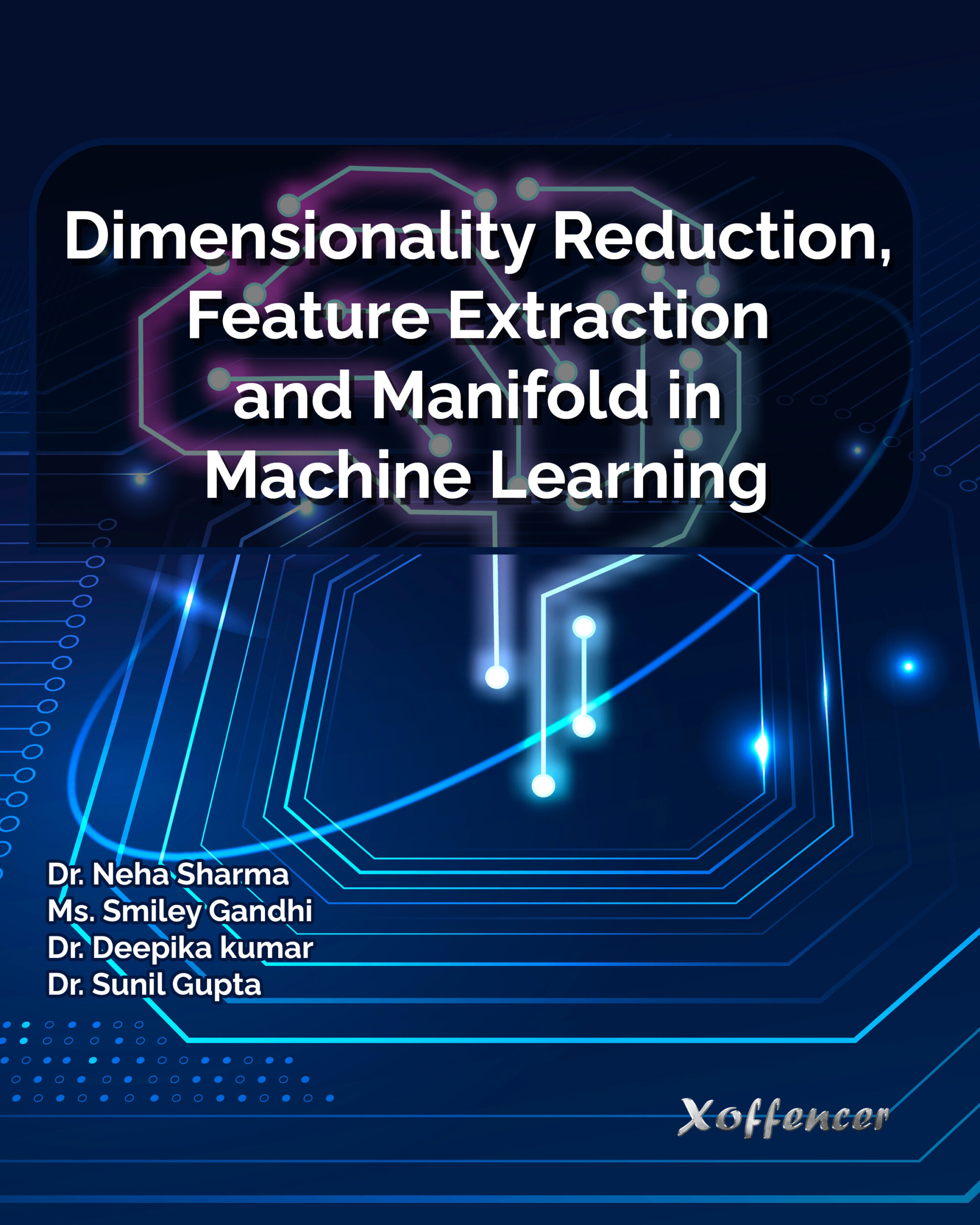

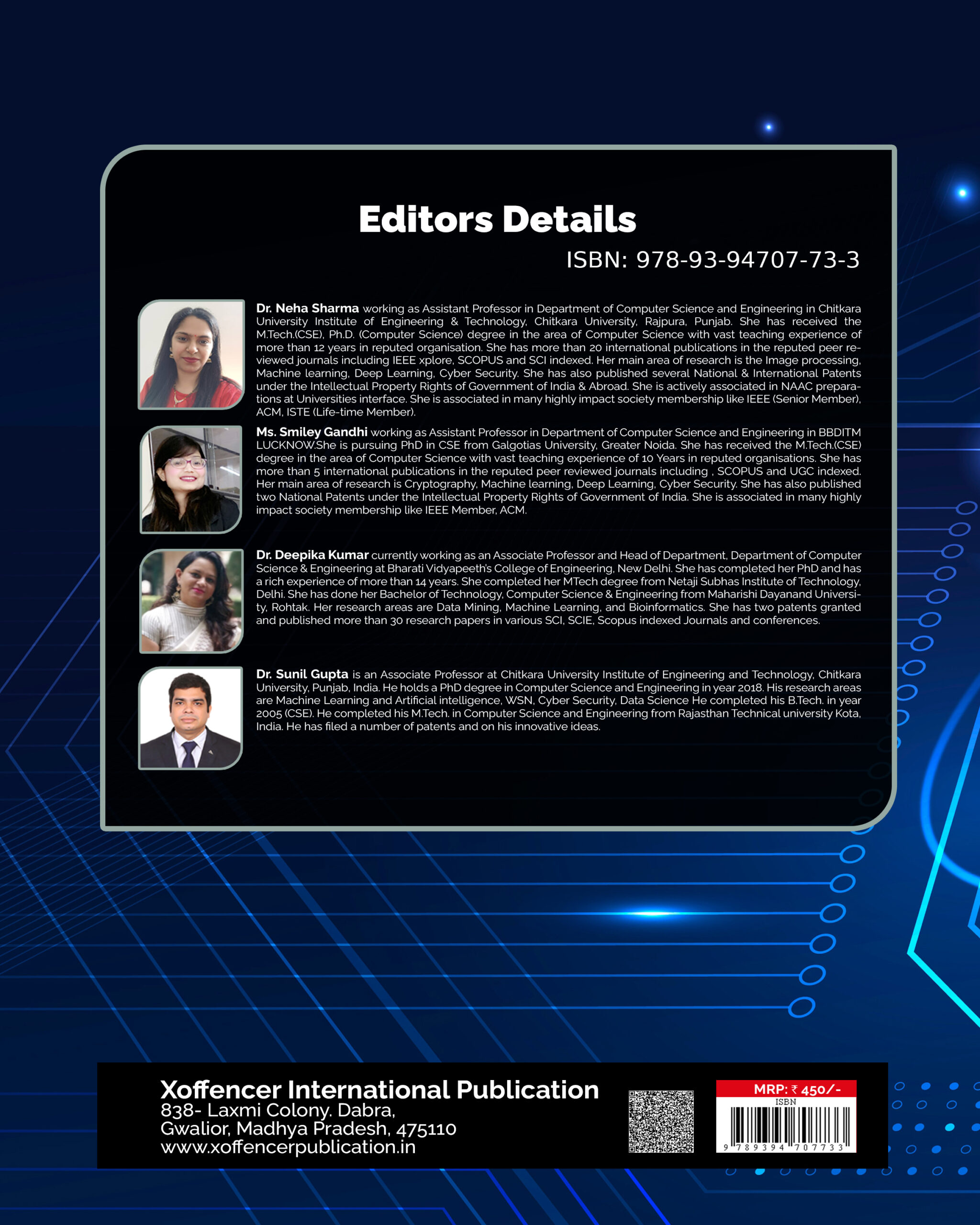
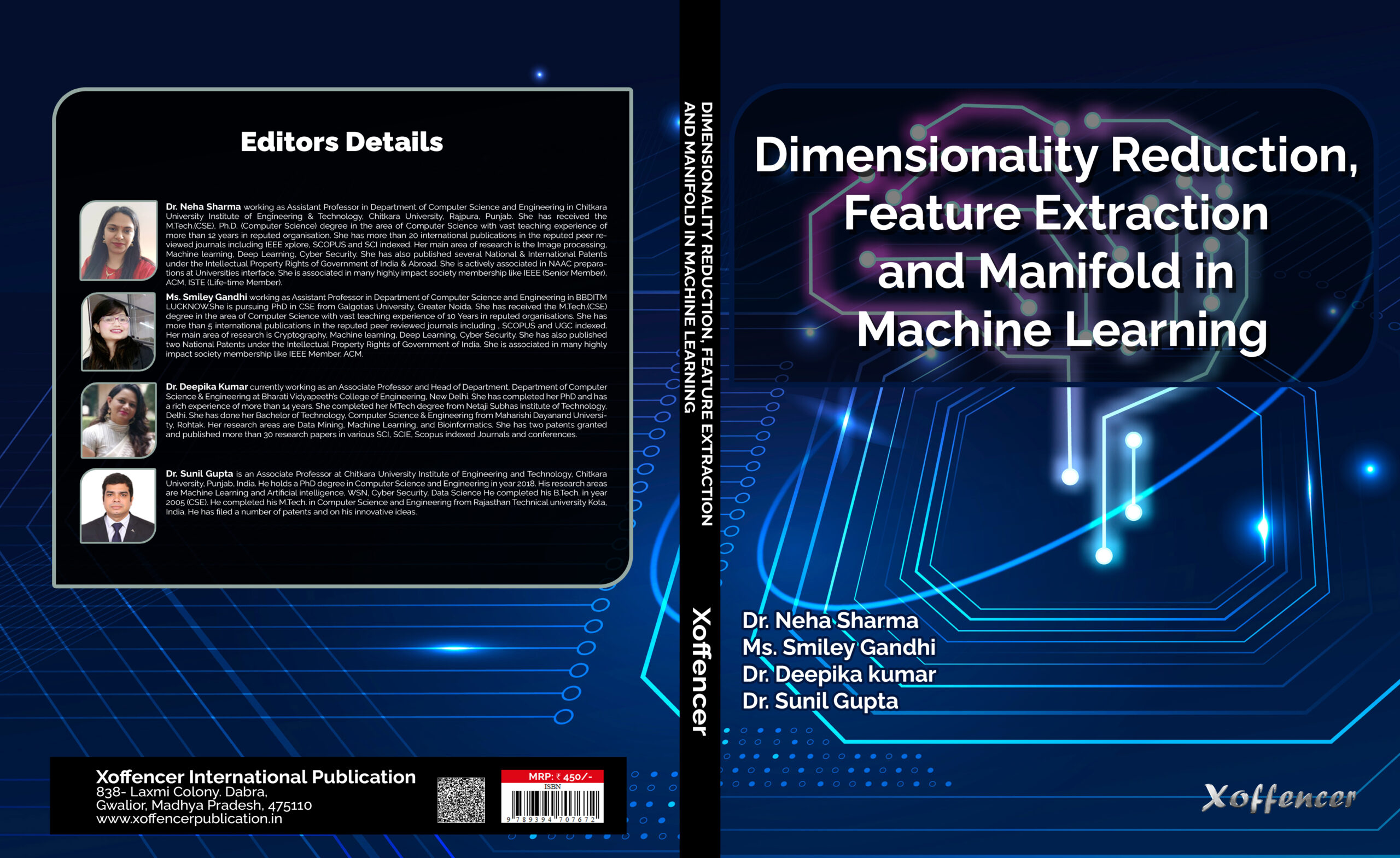





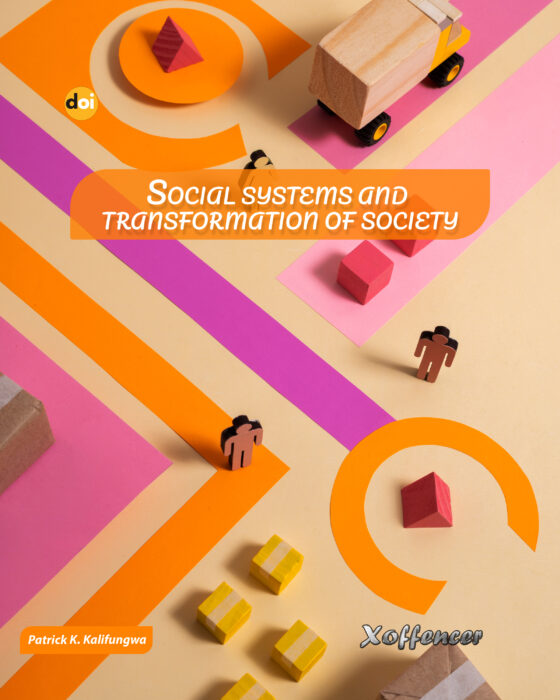
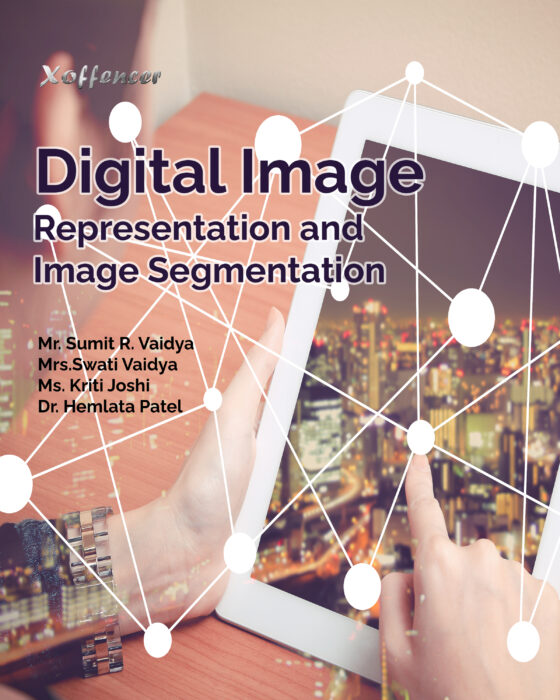

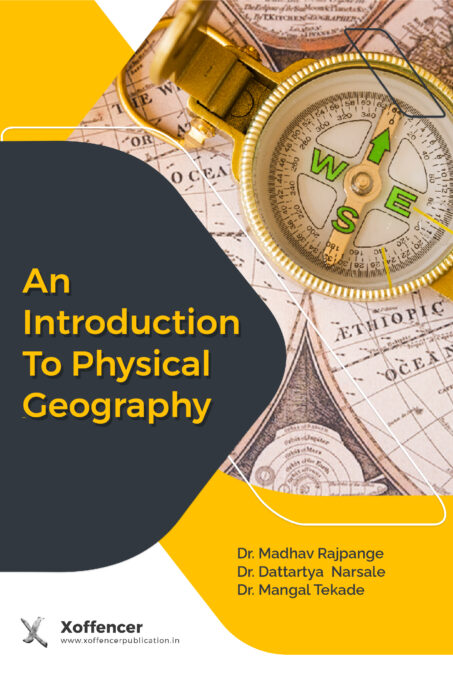
Reviews
There are no reviews yet.